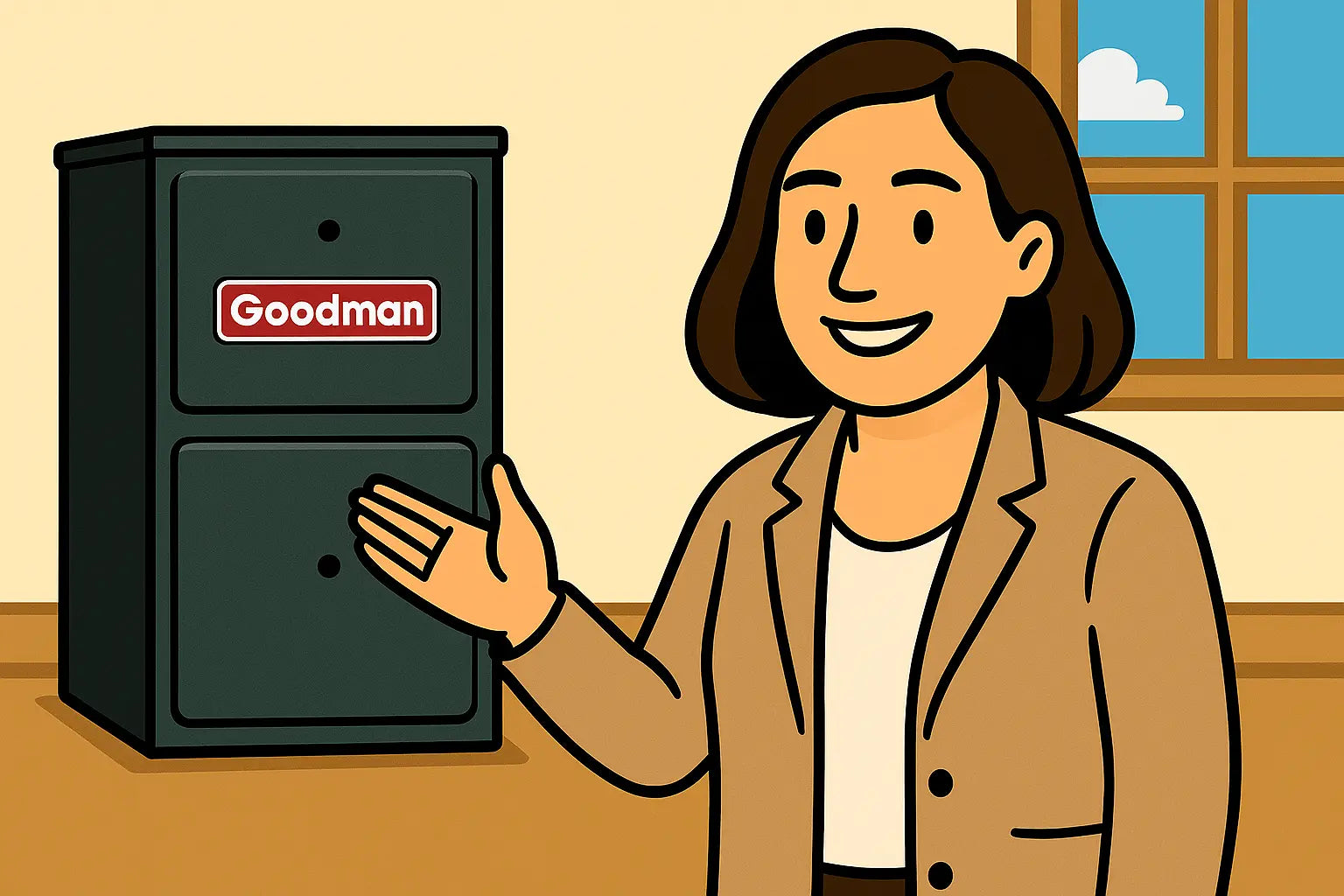Hey Everyone! Savvy Mavi Here!
When it comes to installing a high-efficiency furnace like the Goodman GR9S960803BN, flexibility is a huge advantage. One of the standout features of this model is its ability to support multi-position installation. Whether your setup requires upflow, downflow, or horizontal orientation, the GR9S960803BN can adapt to meet your needs. Understanding these configurations not only helps in planning the installation but also ensures long-term comfort, performance, and safety.
What Does Multi-Position Installation Mean?
Multi-position installation means that the furnace is designed to operate efficiently in more than one physical orientation. The Goodman GR9S960803BN supports:
-
Upflow: Air is pulled in from the bottom and pushed upward into the ductwork.
-
Downflow: Air enters at the top and flows downward into ducts.
-
Horizontal left/right: The furnace lies on its side to push air sideways, perfect for attics or crawlspaces.
This flexibility makes it a practical choice for homeowners with unique layout requirements or space limitations. To better understand furnace positioning, check out this helpful guide on furnace installation types.
Why Position Matters in Furnace Installation
The orientation of your furnace isn’t just about saving space—it directly impacts performance and efficiency. An incorrect installation could restrict airflow, increase wear on components, or even lead to safety hazards. According to the U.S. Department of Energy, ensuring proper installation is just as important as selecting the right furnace.
Upflow, Downflow, and Horizontal: Key Considerations
Upflow Installation
This is the most common configuration, often found in basements. It allows heat to rise naturally, promoting energy efficiency. If your home has ductwork above the furnace, this is the ideal setup.
Downflow Installation
Best for homes with ductwork located below the furnace, like those with ducts in a crawlspace. Downflow systems are also popular in manufactured homes. For a deeper breakdown of downflow vs. upflow setups, you can review this Carrier furnace comparison.
Horizontal Installation
When space is tight—such as in attics or crawlspaces—the furnace can be laid horizontally. This requires careful attention to drainage and airflow. Proper installation reduces the risk of issues like condensation buildup. To learn more about handling airflow challenges, see this Energy Star guide on HVAC airflow.
Professional Installation vs. DIY
While some homeowners consider DIY setups, furnaces like the GR9S960803BN involve gas connections, venting, and electrical wiring—all of which carry safety risks. Hiring a licensed HVAC technician ensures compliance with safety codes and helps maintain your warranty. You can explore why professional service matters through this Angi furnace installation guide.
Final Thoughts
The Goodman GR9S960803BN stands out for its multi-position installation flexibility, making it a reliable choice for homes with unique layouts or evolving HVAC needs. Whether you need an upflow, horizontal, or downflow configuration, this furnace adapts without sacrificing efficiency or performance. By following best practices during installation and ensuring regular maintenance, homeowners can enjoy both comfort and long-term reliability.
If you’re considering upgrading your system, the Goodman 96% AFUE 80,000 BTU Furnace (GR9S960803BN) offers exceptional performance, adaptability, and energy savings—all in a compact 17.5-inch cabinet. It’s a furnace designed to deliver year-round comfort with modern efficiency.
Think you might need a qualified technician for troubleshooting this unit? Visit: When to Call a Pro.
Until next time,
- Savvy Mavi







